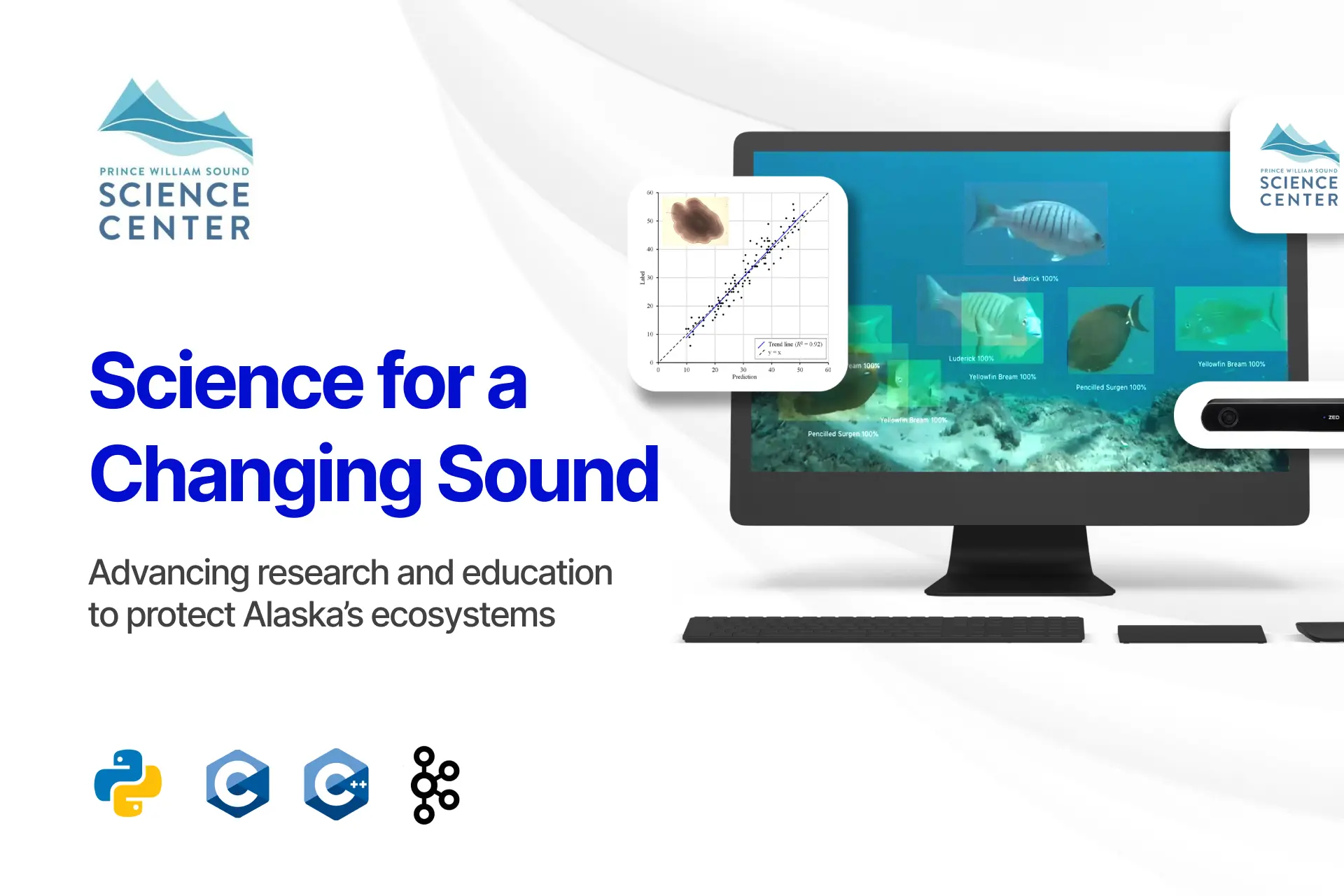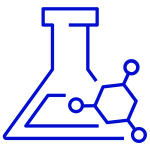Okay, let’s get this complexity broken into pieces to understand that the modern DevOps teams need an effective continuous integration (CI) and continuous delivery (CD) pipeline to keep up with the fast-changing technology landscape. If you know the agile concepts, it aids in a promising CI/CD pipeline that may shorten the software development life cycle, resulting in higher-quality software that is delivered faster.
If you are ever wondering how CI and CD work, then it is simple to say that CI/CD pipeline’s primary purpose is to automate the software development lifecycle (SDLC).
From creating code and performing tests to delivery and deployment, the pipeline will encompass many phases of the software development process. A CI/CD pipeline incorporates continuous monitoring and automation into the development process. A CI/CD pipeline integrates all stages of the software development life cycle and encompasses all software development life cycle stages.
You know why software companies go to this? It reduces the number of manual tasks for the development team, resulting in fewer human errors and faster outcomes. All of this contributes to the delivery team’s increased productivity. And Yay!
So, the Continuous Integration (CI) is automatically detected, pulled, built, and does unit testing as source code is changed for a product (the continuous process).
For better understanding and utilization the main goal of CI is to quickly make sure a new change from a developer is “good enough” and suitable for further use in the codebase.
Let me say kudos! A software delivery pipeline can be implemented in a variety of ways. For various parts of source tracking, building, testing, gathering metrics, managing versions, and so on, a significant number and type of programs can be utilized in a pipeline.

However, the general procedure is the same. The overall pipeline is handled by a single working application, and each of the processes runs as a specific job or is stage-managed by that application. Individual “jobs” are typically established using a syntax and structure that the orchestration program can understand and control as a process.
Manufacturer’s goods from raw ingredients in a quick, automated, and repeatable manner in a factory. On the other hand, a software delivery pipeline creates releases from source code in a quick, automated, and repeatable manner.
And now, “Continuous delivery” is the overarching strategy for accomplishing the delivery process. “Continuous integration” is the process for starting the assembly line. The method of ensuring quality is referred to as “continuous testing,” while making the finished product available to consumers is referred to as “continuous delivery.”
“DevOps” practitioners are the overall efficiency gurus who ensure that everything runs smoothly and efficiently for everyone.

CI/CD pipelines are there around for a long time (Traditional)
A four-stage pipeline that is simple to understand.
- The developer writes the code and then commits the modifications to a central code repository.
- The server is triggered when the report detects a change.
- Gets the new code and automates the build and testing process. If any errors are discovered during creating or testing, the development team is automatically notified via predefined means, such as email or Slack.
- AWS Elastic Beanstalk, an application orchestration service, is used to upload the final package.
CI/CD workflow in the cloud
The trend is to migrate DevOps tasks to the cloud as cloud technologies become more widely adopted. Azure and AWS, for example, offer a whole suite of services for managing all of the needed DevOps tasks on their respective platforms.
CI/CD pipelines reduce manual labor and efficiency for software dev
Let me give you some final thoughts about CI and CD where a properly constructed pipeline will boost delivery team efficiency by lowering manual labor and eliminating the majority of manual errors while improving overall product quality.
In addition, end-users, developers, and the business will benefit from a speedier and more agile development life cycle as a result of this. Right now, CI and CD are learning from Human’s decision to use a modern mainframe development environment in order to edit and debug code which is mainly to increase the speed and quality of the work.
Automation is to make things easier and so to make software development the easiest.








